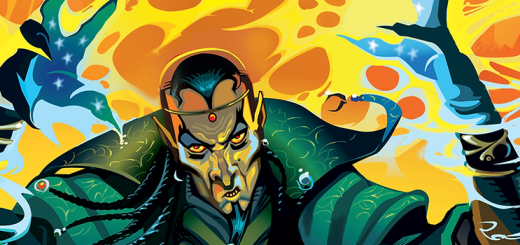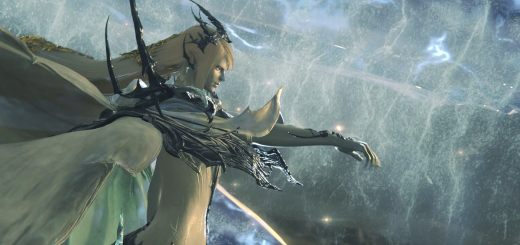Music Week: What Debussy can tell us about mood in games
Despite being considered the most important composer in the impressionist movement, Claude Debussy was not fond of the label. “I am trying to do something different, an effect of reality… what the imbeciles call impressionism,” Debussy wrote in 1908.”A term which is as poorly used as possible, particularly by the critics, since they do not hesitate to apply it to [J.M.W.] Turner, the finest creator of mysterious effects in all the world of art.”
Debussy was probably wary of the term due to its dubious art world origins: coined by critic Louis Leroy, it was initially used in a derogatory manner to review an exhibition by painters including Claude Monet and Pierre-Auguste Renoir. “Impressionism” was used to ridicule the painters’ loose brush-strokes and casual composition, which Leroy (and many others at the time) considered unfinished. The term was then applied to Debussy’s music, with critics finding similarities between the painters’ use of contrasting colours, light and blurred backgrounds, and Debussy’s use of orchestral colour and harmony to make listeners focus on an overall “impression”.
Of course, many of the artists Leroy criticised chose to embrace the impressionist label, and now it’s also used to describe the work of 19th-20th century composers such as Claude Debussy, Maurice Ravel, Paul Dukas and Erik Satie. And although Debussy and Ravel disliked how the term was applied to their music, I’d like to suggest the ideas behind impressionist music can be usefully applied to yet another art form: video games, of course.
To me this all feels very familiar to some of the key ideas behind impressionism, namely, a focus on evoking feeling, and layering individual colours to create mood. Prélude à l’après-midi d’un faune, considered one of the most important pieces of impressionist music, was described by Debussy not as a direct synthesis of Stéphane Mallarmé’s poem but as “a succession of scenes through which pass the desires and dreams of the faun in the heat of the afternoon”. As Dukas put it, impressionists were interested in using chord progressions to create a “series of sensations rather than the deductions of a musical thought”. It’s about the reaction to a subject, rather than depicting the subject itself: the feelings of the faun while dreaming, instead of the actual dreams of the faun.


